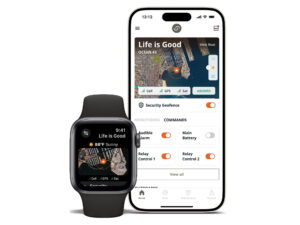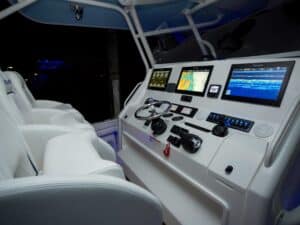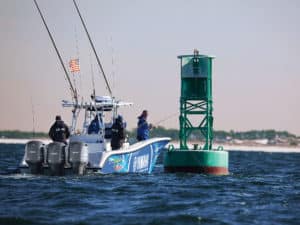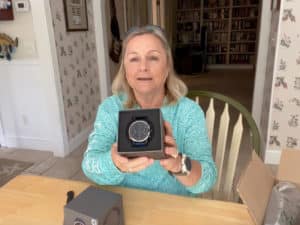
As anglers and boaters—and humans—we all suffer from some degree of denial syndrome. For instance, many of us, since we’re obviously experts, assume we’ll never experience a serious emergency on the water.
“That won’t happen to me,” we say.
“I won’t fall overboard.”
“My boat won’t capsize.”
“I won’t get injured.”
When these experiences happen to others, we quickly rationalize. We would never have put ourselves in that position. Right? Yet, we can’t control everything.
Yes, 99 times out of 100, we have an awesome day on the water. But we must acknowledge that slight chance that our best efforts might be overwhelmed by circumstance. This month, as we look forward to a spring and summer full of fun saltwater adventures and to National Safe Boating Week in May, let’s pledge to get serious about safety.
Attitude Adjustment
In 2019, the U.S. Coast Guard ran 15,000 national search-and-rescue cases (commercial and recreational) and saved 1,700 lives. According to the Coast Guard’s Recreational Boating Statistics, the number of boating accidents in 2018, saltwater and freshwater, numbered 4,145. While those numbers might seem a small percentage of all boaters and all trips, they’re not insignificant.
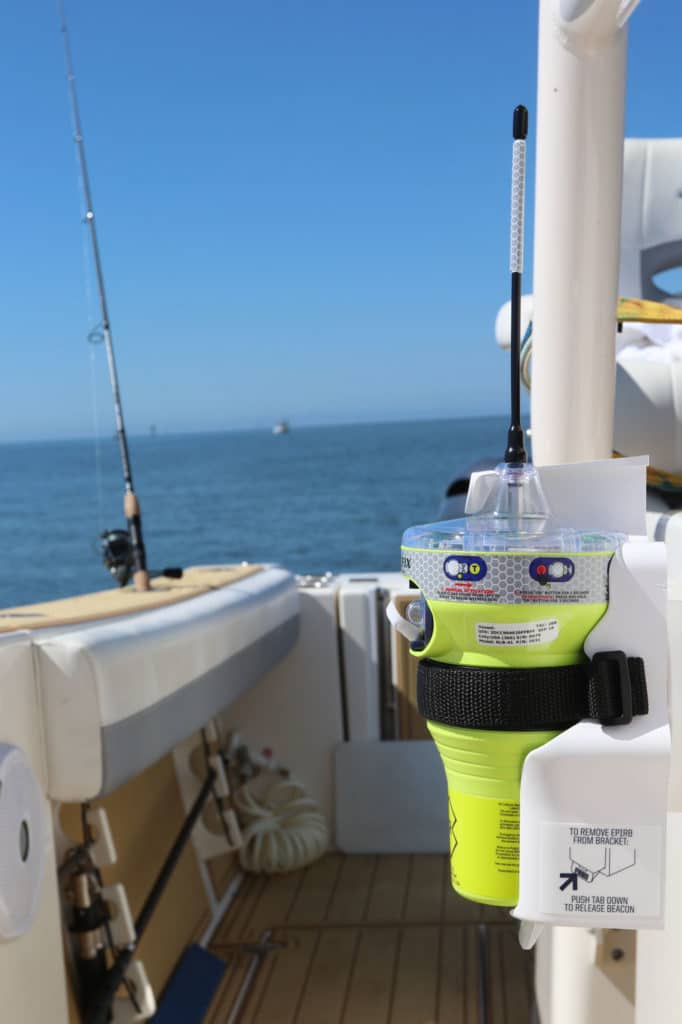
When you think about it, we have quite a few products that can help optimize our safety on the water, from personal flotation devices, whistles and strobes to VHF radios with digital selective calling, satphones and emergency beacons. For the purposes of this column, by its definition, I will focus on electronic devices—particularly those that can summon immediate help on the water.
“Safety is the thing you’ll put off till next year,” says Mikele D’Arcangelo, vice president of global marketing and product management for ACR Electronics. Some people think: “It’s just a bunch of money sitting in a ditch bag or on the console, unlike that rod I’ll use every time I go out.
Then suddenly, national attention is drawn to an offshore tragedy, and we’re left with “what if?”
Once you commit to being proactive, a first rule of thumb to remember is simple and universal: Be prepared, whether that means actually wearing your PFD, having digital selective calling properly set up, wearing a personal locator beacon or SEND device such as an inReach or SPOT, or placing your EPIRB in an accessible position.
Let’s Evaluate
Secondly, consider your vessel and your fishing habits: how far offshore you go, whether you fish at night, whether you fish alone, etc. That will help you choose from among tools such as EPIRBs, personal locator beacons, man-overboard systems, and satellite emergency notification devices.
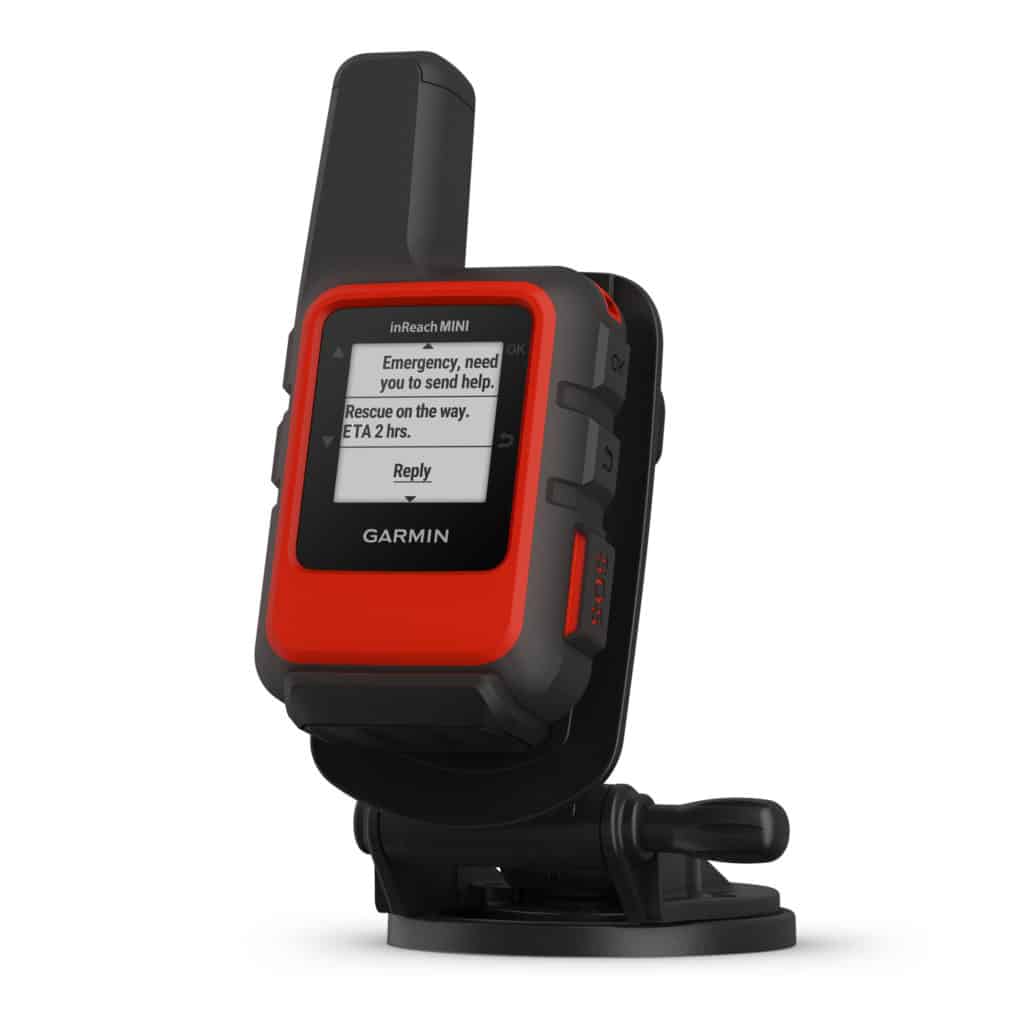
You say, “Well, I have a cellphone and I don’t go that far offshore.” Or, “I have a satphone. I can call for help.” But cellphones drop calls, get wet, and they don’t channel directly to marine rescue agencies. Satphones can be more reliable, but again, they don’t immediately summon on-water help. Beacons, SENDs and DSC-enabled VHFs do. MOB systems immediately alert crew and in some cases, other nearby boaters.
As long as your boat is floating, has power, and you’re still mobile and on board, turn first to the VHF. If the boat loses power or, worse yet, sinks, a PLB or an EPIRB can transmit a distress signal through a satellite to COSPAS SARSAT, a global agency that can immediately direct help to your location.
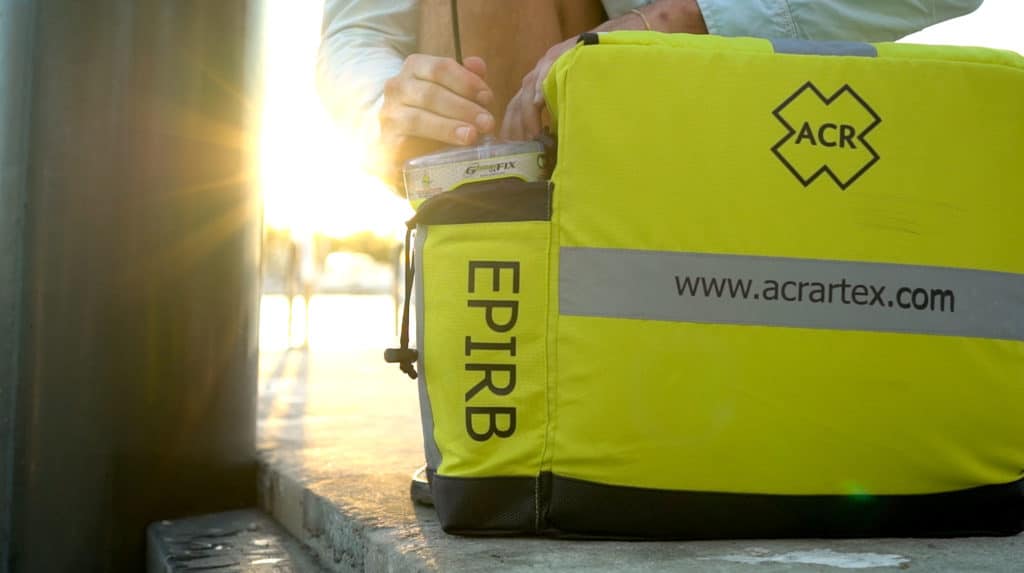
An EPIRB floats right-side up and is designed to tether to your life jacket. A PLB floats but must be held upright to transmit, D’Arcangelo says. “I’d rather every boater have an EPIRB than a PLB,” he says.
EPIRBs cost more than PLBs—$400 to $550 compared with $290 to $350—and they’re registered to a vessel. PLBs are registered to a person, and should be worn by that person. EPIRBs should be mounted to the vessel where they can be easily accessed. Those that come with a release bracket float free if a vessel begins to submerge; they will automatically send a distress signal.
“I always advise boaters to activate their properly configured and registered DSC VHF any time they’re going to activate their EPIRB,” says Paul Barnard, USCG Recreational Boating Safety Specialist. “A boat three miles away might get the DSC alert and assist immediately where Coast Guard assistance could be an hour or more away, if the EPIRB alone is activated.”
An MOB device is worn by crewmembers. If someone falls overboard, the device sends a signal to a phone or tablet onboard. In some cases, the system can be set to activate the boat’s kill switch so the crewmember can swim back to the boat. An AIS MOB device sends an alert message to all local vessels equipped with AIS.
Multifunction Devices
A SEND unit—such as Garmin’s inReach or Globalstar’s SPOT models—costs $150 to $650 and emits an SOS message via satellite to GEOS, a private search and rescue agency, which is tapped into the Iridium satellite system. Many SEND models now offer two-way messaging so that the victim and rescuers stay in touch.
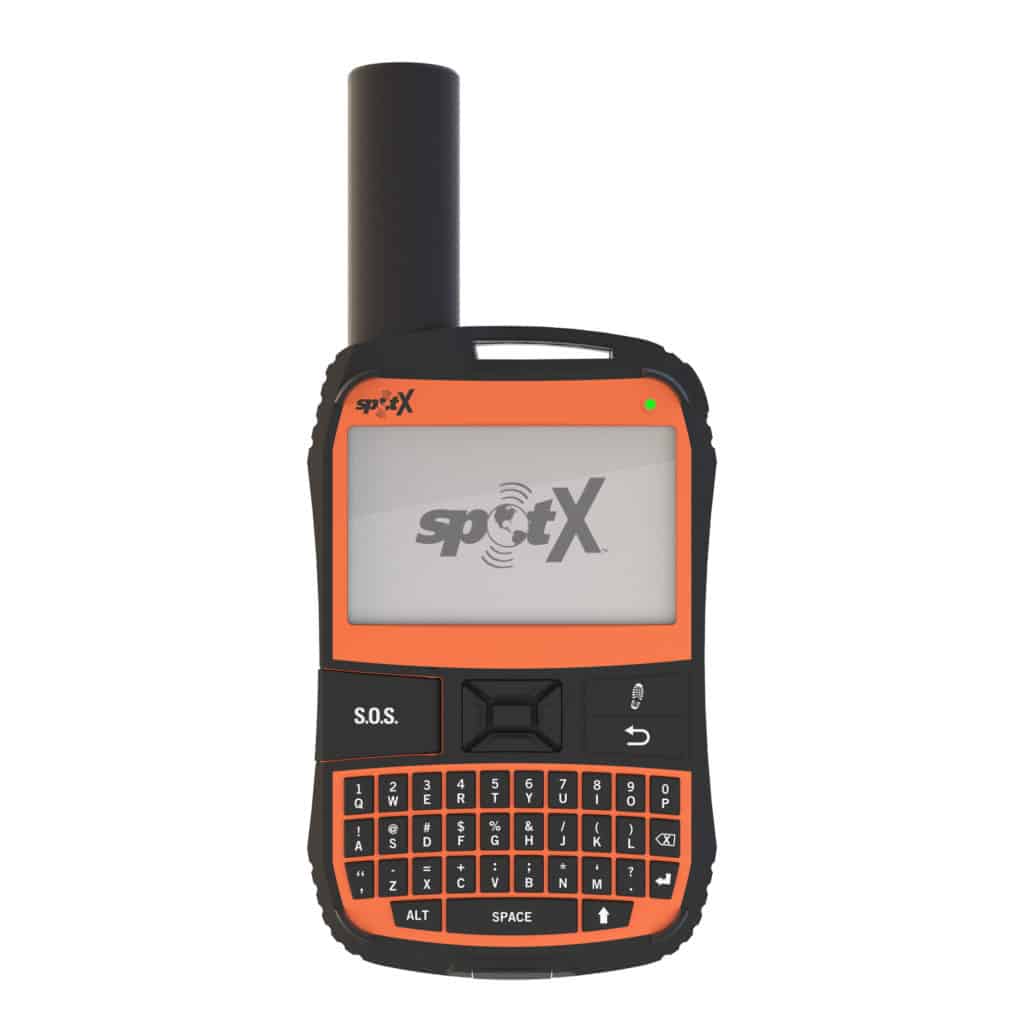
Those units also offer a wide variety of services including preset messaging, so you can alert a loved one when you have left the dock and when you have returned, for instance. However, SEND units require a monthly subscription fee ($11.95 to $64.65); beacons do not.
Garmin’s inReach Mini also connects to a Garmin plotter or a quatix watch. The company’s new 86sci handheld GPS comes with embedded nautical charts as well as inReach capabilities.
“From the time of the incident, after you’ve pressed and held SOS, the unit sends your location every minute for 10 minutes,” says Chip Noble, inReach product manager. “When they receive it, within minutes, search and rescue responds to that user. The inReach allows two-way delivery confirmation.”
Read Next: Fish Safely with Redundant Electronic Safety Gear
Depending upon the model, battery life ranges from 35 to 90 hours; the units are rechargeable and they alert users when battery life has dropped to 25 percent.
The bottom line: The marine-electronics industry has a device for your boat and your fishing habits. All you have to do is invest in your safety.

